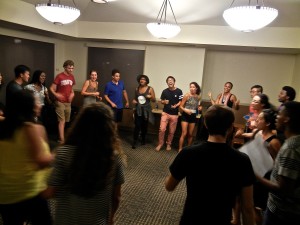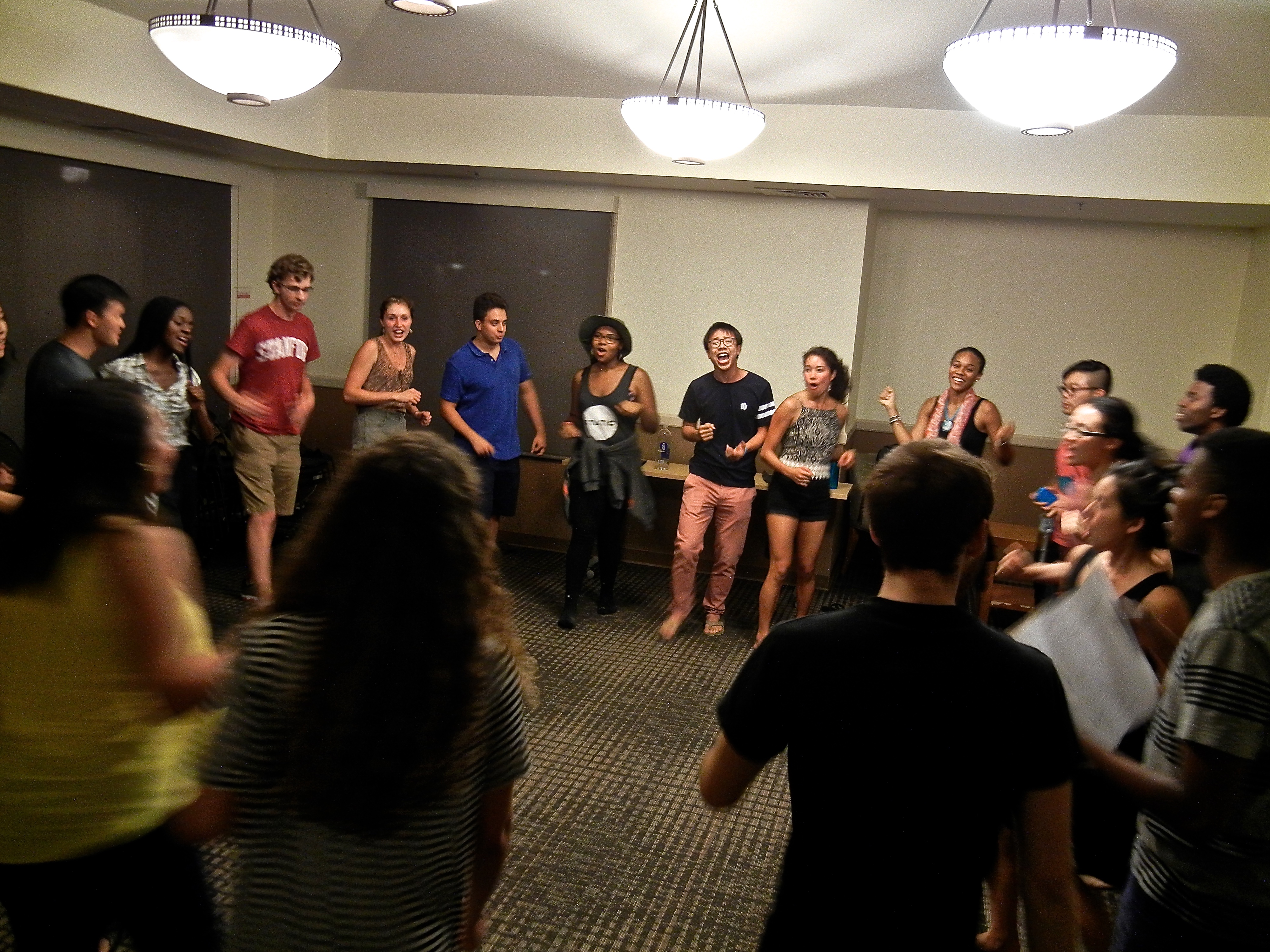
From White Plaza to Bing Concert Hall, Stanford is alive with the sound of music, and there is no shortage of singing groups on campus. A cappella groups and flyers advertising auditions all vie for attention during the first weeks of autumn quarter as they attempt to recruit new members for the new year. However, knowing which group is the right fit can be challenging.
A cappella groups on campus are known for their social aspects, focusing on community outreach as well as internal family building. Other more classical singing groups, which are often directly affiliated with the music department, center more on musicality — with many participants majoring in music and intending to pursue careers in performance.
“In Chamber Chorale, it’s kind of a more formal setting,” said Grace Laboy ’16, former Everyday People singer and current Chamber Chorale singer. “It’s difficult to make the group because everyone in the group is a really good sight singer, so we learn music really quickly. We’re expected to be able to pick up a piece and read through it.”
“Everyday People – the music’s amazing, but it was more for a social thing,” she added. “Some of my best friends are in EP.”
Logistically, a cappella groups tend to be more of a time commitment, with at least six hours of rehearsal a week, while department-affiliated groups might only rehearse for three hours a week. According to music lecturer Marie-Louise Catsalis, department-affiliated groups have more of a “finite [time] commitment.” Most of their time is used for rehearsing rather than networking and community building.
“The good thing about a cappella is that you go there and you’re going to meet people who are like-minded … You’re going to find your friendship group,” Catsalis said. “At the music department, all these ensembles are classes.”
“The content of the class may be the… process of how you rehearse something, and [you’re] learning from the professor who’s in front of you conducting,” she added.
The style and genre of music is different in every singing group and plays an essential role in determining to which group a person may be attracted. Mixed Company does pop, The Harmonics do rock and Fleet Street does original comedic pieces. As for other groups, Chamber Chorale does choral music, the Savoyards do opera and the Gospel Choir does gospel music.
A group’s mission is also an important aspect for students to consider. For people looking for more than just the music and the community, there are groups like Side by Side that sing for community service.
“We go to nursing homes, retirement centers [and] assisted living facilities, and we perform songs from the 20s to 60s — from their own time,” said Vivian Lam ’17, the co-facilitator for Side by Side. “We talk to [the residents], hear their stories, give them a chance to relive those memories. [We] bring them back good memories — make them smile.”
For casual singers, Catsalis, also the Resident Fellow for Toyon, hosts music nights for the dorm, where no experience is required.
“We have a program called Toyon Sings, and you can come to that [if] the only thing you’ve ever done is try it in the shower,” Catsalis said. “It’s a group that promotes community in the dorm.”
“I’ve had students start off in Toyon Sings that have ended up being music majors,” she added. “It’s never too late to start. And some of the really experienced singers come along to the class because it’s fun.”
Contact Kristy Duong at kristy5 ‘at’ stanford.edu.
